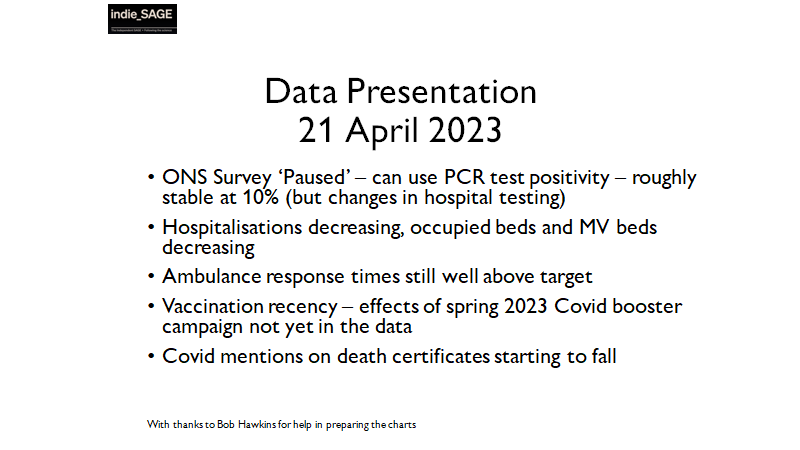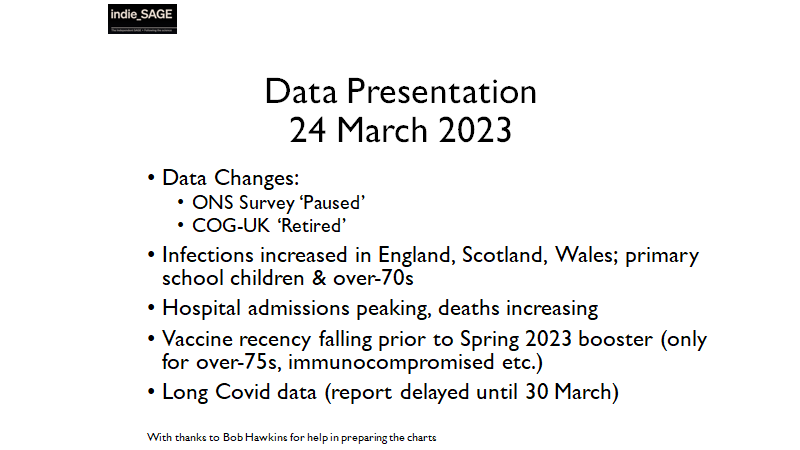PHE have published a vaccine surveillance report.
Key chart here (colours represent level of confidence in the numbers, not effectiveness)
- Vaccines work (very high level of effectiveness)
- 2 doses better than one
- They're not perfect
Key chart here (colours represent level of confidence in the numbers, not effectiveness)
- Vaccines work (very high level of effectiveness)
- 2 doses better than one
- They're not perfect

Will be good to see effectiveness of 2nd dose of Oxford/AZ when the data is available, and the effectiveness of different vaccines against variants.
Effect on deaths
"PHE estimates to 25 April 2021 based on the direct effect of vaccination and vaccine coverage rates, are that that 9,900 deaths were averted in individuals aged 80 years and older, 1,500 in individuals aged 70 to 79 and 300 in individuals aged 60 to 69 years ...
"PHE estimates to 25 April 2021 based on the direct effect of vaccination and vaccine coverage rates, are that that 9,900 deaths were averted in individuals aged 80 years and older, 1,500 in individuals aged 70 to 79 and 300 in individuals aged 60 to 69 years ...
"... giving a total of 11,700 deaths averted in individuals aged 60 years or older in England"
Excellent. Please get vaccinated and please get your second dose.
Excellent. Please get vaccinated and please get your second dose.

• • •
Missing some Tweet in this thread? You can try to
force a refresh























